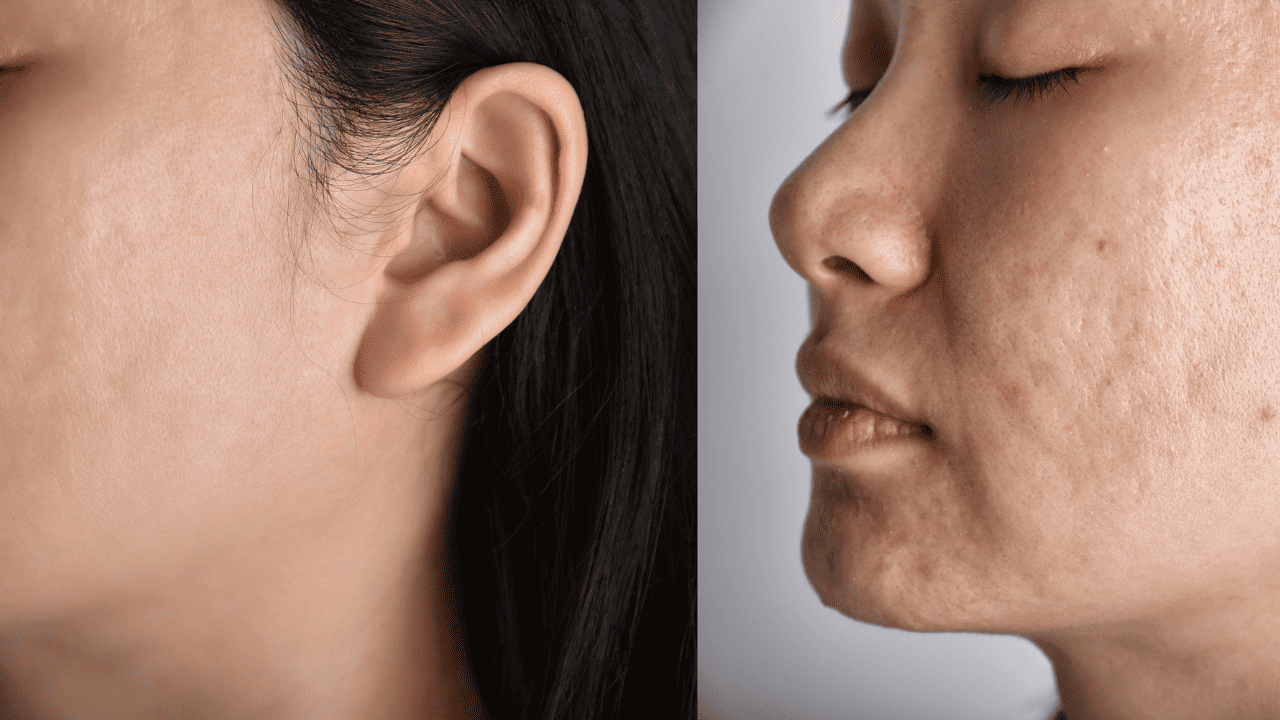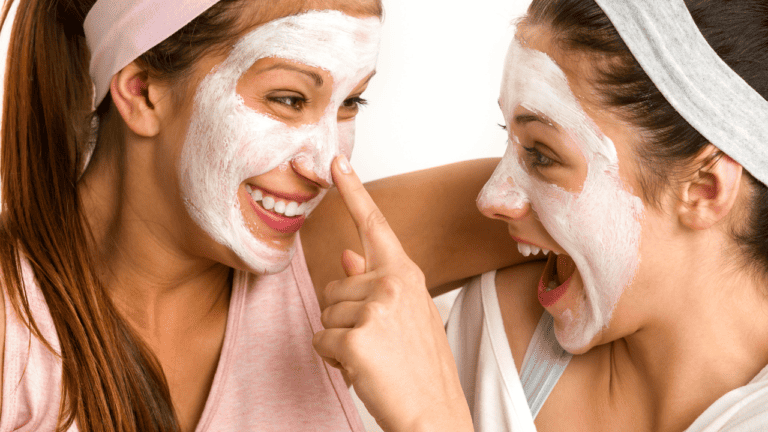To fade rolling scars, laser therapy and micro needling are great professional treatments, but you can consider investing in great skincare products that have hyaluronic acid and vitamin c that work well together to promote collagen and fill in the rolling scar indentation.
Rolling scars, with their wavy, indented appearance, can be a source of discomfort for many. But not to worry because in this article we’ll offer valuable insights for every professional treatment or at home skincare routine to consider for healthier, smoother looking skin.
Key takeaways
- Rolling scars can be effectively treated with a range of options, from natural home remedies to advanced medical procedures.
- Consistent skincare routines and sun protection play crucial roles in both treating and preventing the formation of new scars.
- Emotional well-being is as important as physical treatment; seeking support and connecting with others can be invaluable in your healing journey.
fading rolling scars at home
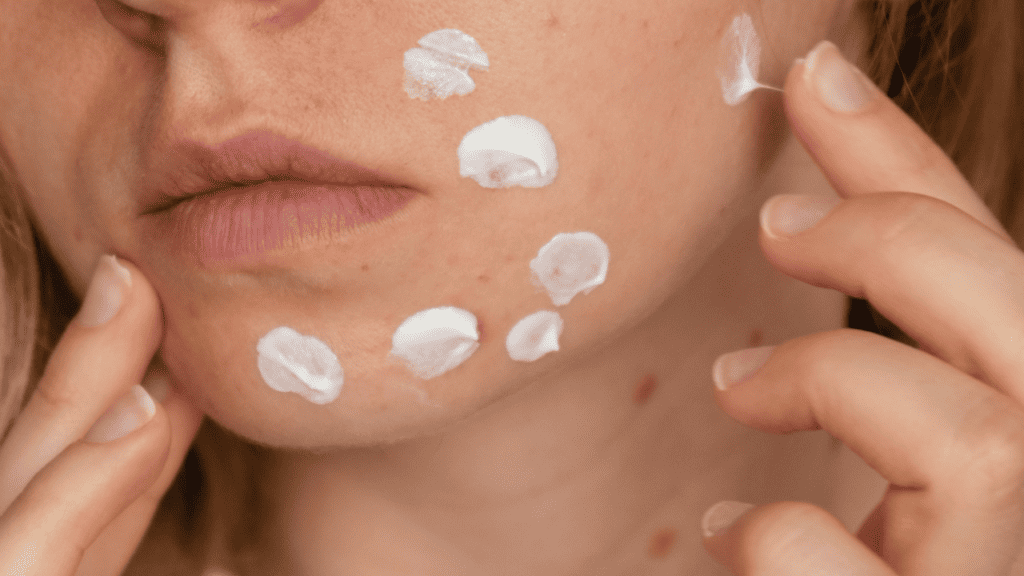
Dealing with rolling scars doesn’t always require a trip to the dermatologist, fortunately they are not as deep as ice pick scars so simple, at-home remedies can be surprisingly effective, especially for milder scars. Let’s explore some easily accessible options.
Vitamin C
Vitamin C is well known to help reduce redness and pigmentation of scarring, and it also stimulates collagen production. This is key because collagen production can help repair and regenerate skin cells to fill in the indentation of the rolling scar.
Hyaluronic Acid
Hyaluronic acid helps to fade rolling scars because they play a huge role in maintaining a moist wound environment which promotes healing. If the skin is able to regenerate skin cells in an improved environment this can improve the appearance of the rolling scar.
As a powerful humectant, hyaluronic acid draws moisture to the skin, which essentially will flatten out the rolling scar slightly to make it less noticeable over all.
Silicone gels and sheets
Silicone gels and sheets promote a good healing environment especially even when a scar has been there for a long time. In fact, they help to flatten our scars and if your rolling scar is not too deep silicone sheets can greatly help reduce their visibility.
Precautions and Expectations
While these methods are generally safe, it’s important to patch-test any new product to avoid adverse reactions. Also, remember, patience is key because at-home skincare routines usually take longer to show results in comparison to professional treatments.
Professional Dermatological Treatments for rolling scars
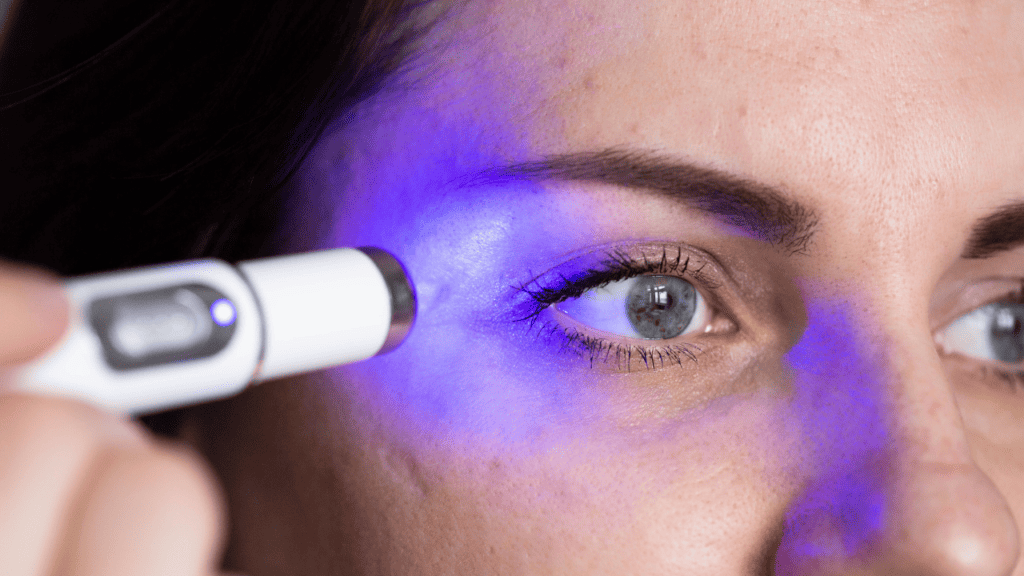
Laser Therapy for rolling scars
One of the most effective treatments for rolling scars is laser therapy because it helps to level out the scars and improve skin texture. Dermatologists often use fractional lasers which create micro-wounds in the skin, triggering the body’s natural healing process and promoting collagen production.
Laser therapy is also good for fading hyperpigmentation so if your rolling scar looks darker and causes an uneven skin tone, laser therapy is a good treatment for you.
Microneedling for rolling scars
Microneedling also involves using fine needles to create micro-injuries on the skin surface. This stimulates collagen production, leading to skin regeneration. Regular sessions can significantly reduce the depth and appearance of rolling scars. However, may not be as effective for hyperpigmentation as laser is.
Chemical Peels for rolling scars
Chemical peels involve applying a chemical solution to the skin, causing it to exfoliate and eventually peel off. The new skin is usually smoother and less scarred. This treatment is effective for surface-level scars and can be tailored to your skin’s needs.
If you decide to do a deeper chemical peel, keep in mind it’s a serious procedure and should only be carried out by skincare professionals because there can be complications that come along with it. In you are ever unsure of anything make sure to consult with a dermatologist first before continuing.
Recovery and Side Effects
Post-treatment, patients may experience redness, swelling, or peeling, which typically subsides within a few days to a week. Following your dermatologist’s aftercare instructions is crucial for optimal healing and results.
Advanced Medical Procedures for rolling scars
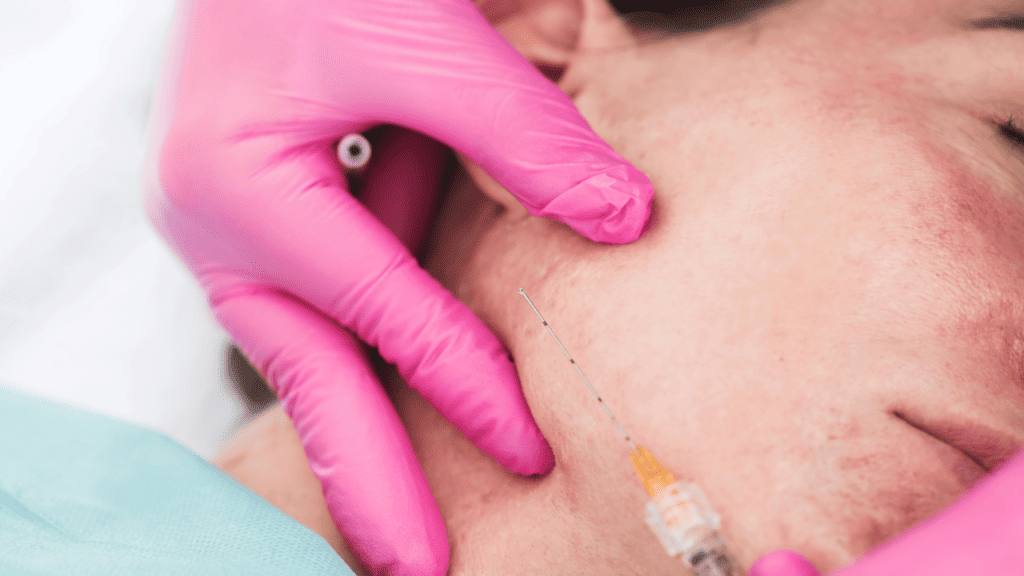
Subcision
Subcision is a specialized procedure only for deeper rolling scars. It involves using a needle to break fibrous bands beneath the skin that are pulling down the scar, it’s a serious procedure however it makes a huge difference. Subcision releases the tension of the skin, allowing the scar to elevate to the level of surrounding skin.
Dermal Fillers
Dermal fillers, often made of hyaluronic acid, can be injected beneath the scar to lift it to the level of the surrounding skin. The results are immediate, though temporary, and may need to be repeated every few months to a year, use this in combination with laser therapy or micro needling to “fade” your rolling scar instantly and work towards permanent results.
Combination Therapies
Often, a combination of therapies yields the best results. For instance, subcision followed by laser therapy can tackle both the depth and surface texture of the scars. Your dermatologist can tailor these combinations based on your specific scar type and skin condition.
Considerations
These advanced procedures often come with higher costs and may involve more discomfort and downtime. It’s essential to discuss these factors with your dermatologist to understand what’s best for your individual case.
Preventive Measures and Maintenance
Skincare Routines for Scar Prevention
Preventing the formation of rolling scars, particularly following acne, begins with a consistent and effective skincare routine. Here are some key steps:
Gentle Cleansing: Opt for a mild, non-abrasive cleanser to keep your skin clean without irritating it. Over-washing or using harsh scrubs can aggravate your skin, potentially leading to scarring.
Moisturizing: A well-moisturized skin heals better and maintains elasticity. Look for products with hyaluronic acid or ceramides, which support skin barrier health.
Acne Management: If acne is the cause of your scars, managing breakouts is crucial. Salicylic acid and benzoyl peroxide are common over-the-counter treatments. For more severe cases, consulting a dermatologist for a tailored treatment plan is advisable.
Sun Protection
Sun exposure can worsen the appearance of scars by causing hyperpigmentation. Using a broad-spectrum sunscreen with an SPF of 30 or higher is non-negotiable. Reapply every two hours, especially if you’re outdoors for extended periods.
Healthy Habits
Maintaining overall skin health goes beyond topical treatments. A balanced diet rich in antioxidants, regular exercise, and adequate water intake contribute to healthier skin. Avoiding smoking and excessive alcohol consumption is also beneficial, as these can impair skin healing and health.
Understanding Rolling Scars
Defining Rolling Scars
Rolling scars are a type of atrophic scar, typically a result of long-term inflammatory conditions like severe acne. Characterized by their wave-like, undulating appearance, they give the skin a rough, uneven texture. Unlike other scar types, rolling scars have sloping edges, which makes them distinct and, at times, more challenging to treat.
Causes of Rolling Scars
The primary culprit behind these scars is often severe acne, but they can also result from other skin conditions or injuries that involve deep inflammation or the disruption of collagen in the skin. When the healing process is disrupted, it leads to the loss of tissue and creates these indented, rolling patterns on the skin’s surface.
Conclusion
Don’t hesitate to consult with dermatologists and skincare professionals – they are your allies in this journey. And amidst all this, never underestimate the importance of emotional well-being. Stay connected with supportive communities and always approach your skincare journey with kindness and understanding towards yourself.
FAQS
How long does it usually take to see results from rolling scar treatments?
The time to see results varies depending on the treatment method. Home remedies might take several months, while professional treatments can show improvements in a few weeks to months.
Are rolling scar treatments painful?
Some treatments, like laser therapy and microneedling, might cause discomfort, but topical numbing creams and professional techniques ensure minimal pain.
Can rolling scars be completely removed?
While it’s challenging to completely remove rolling scars, treatments can significantly reduce their appearance, making them less noticeable and improving skin texture.
